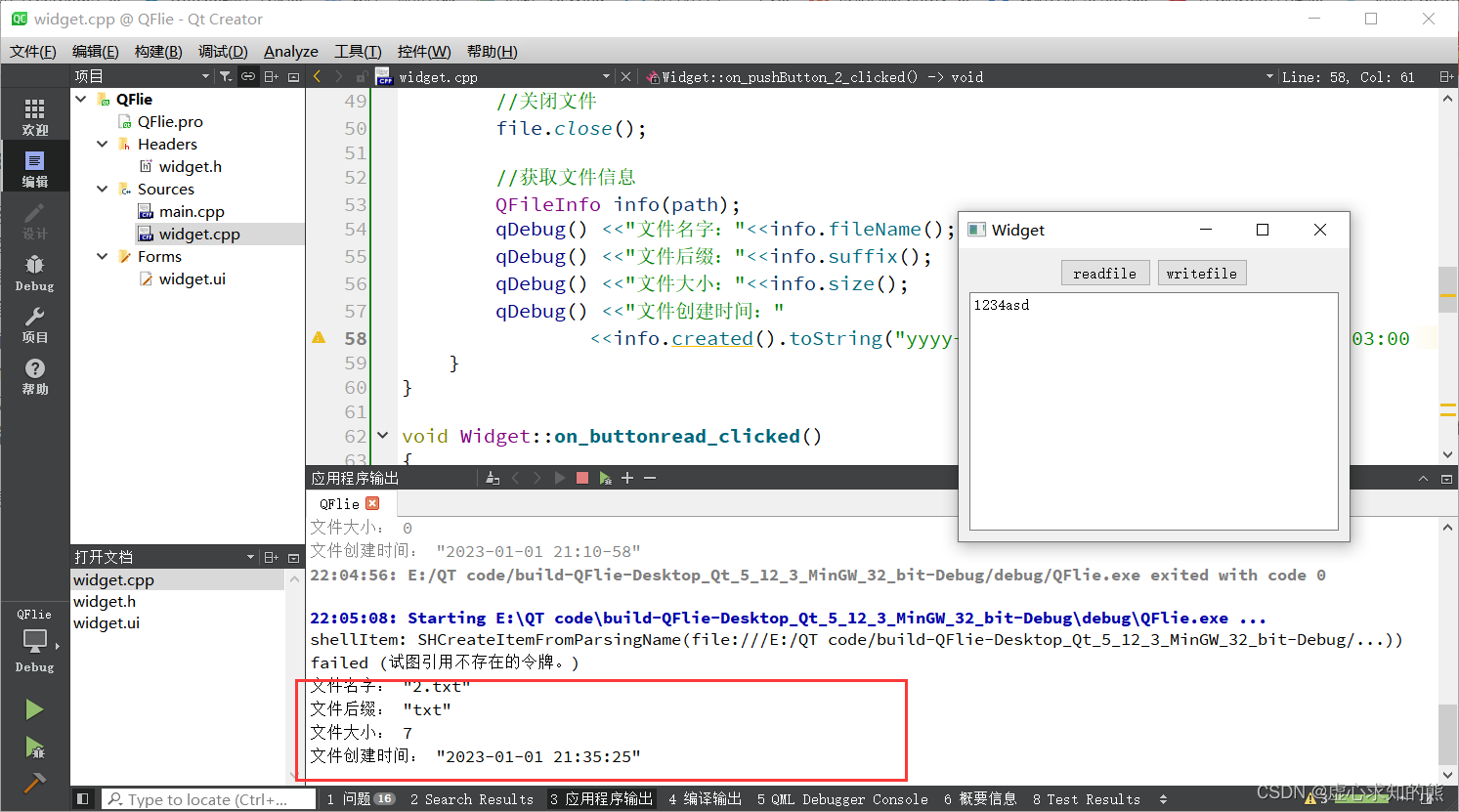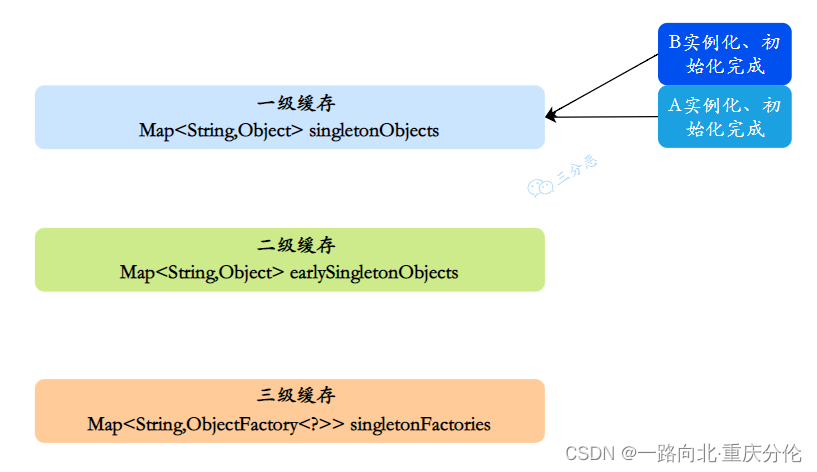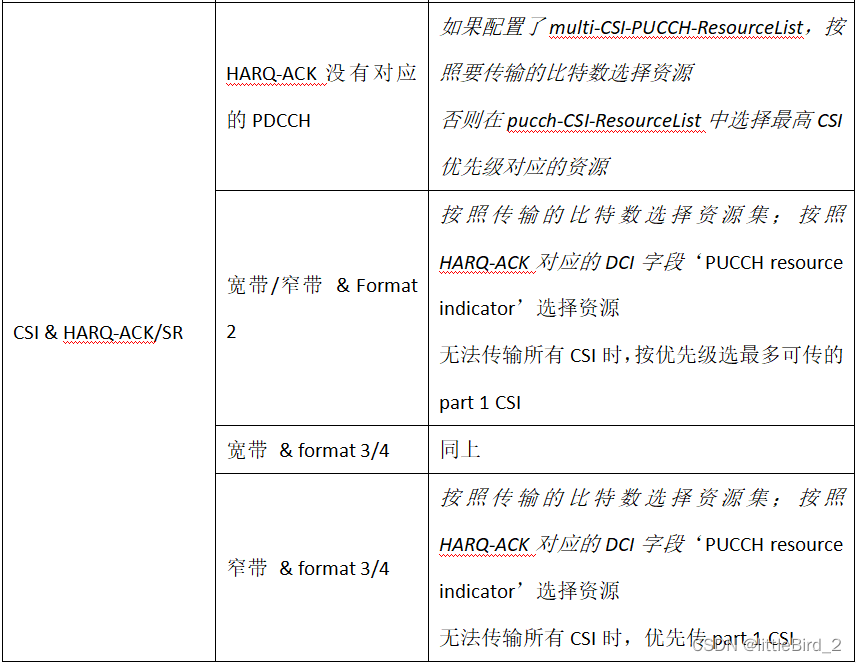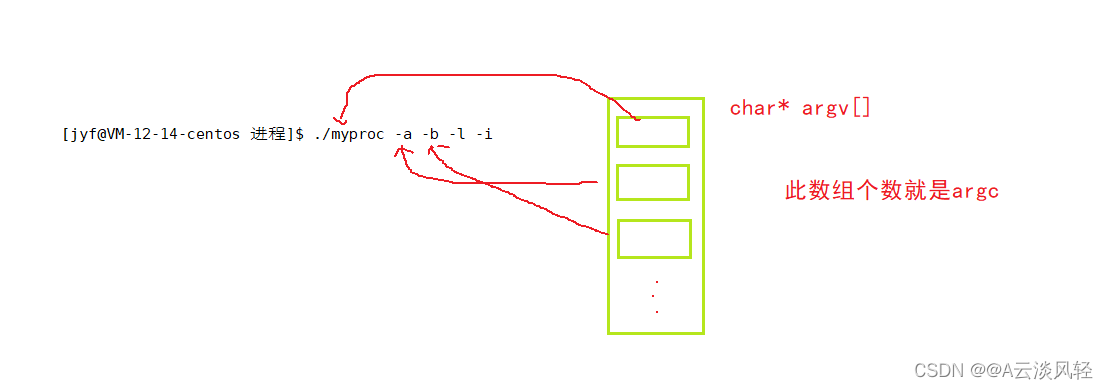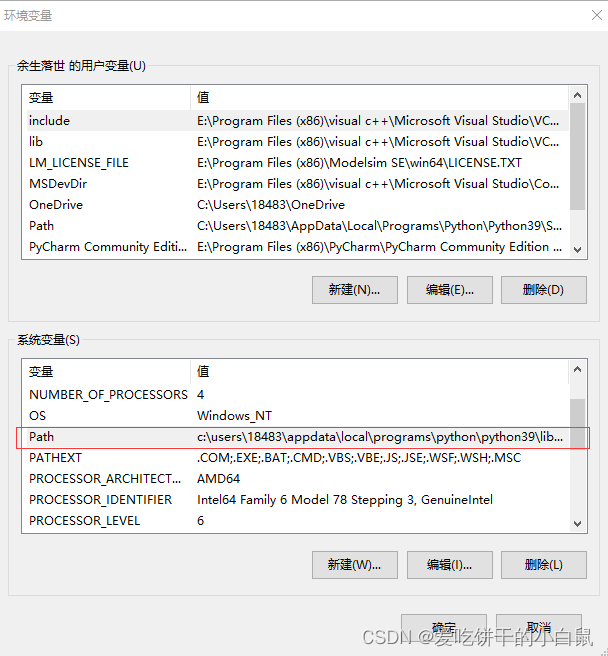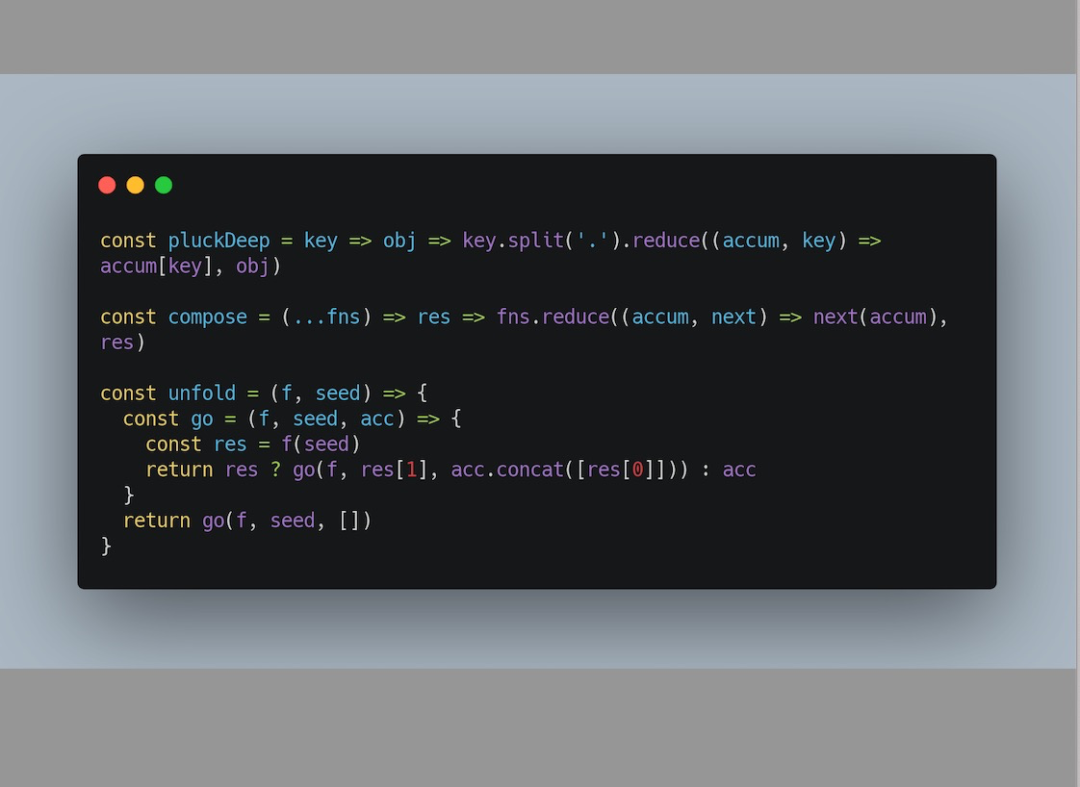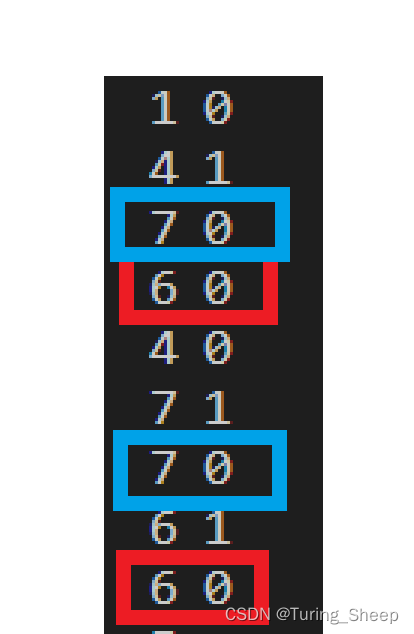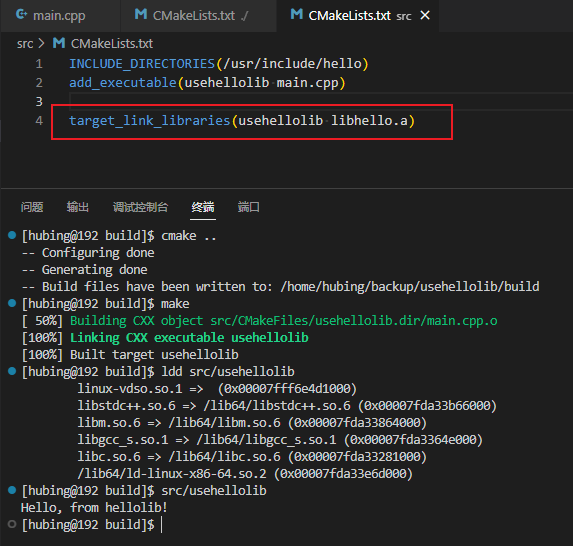1、函数的定义和调用
1.1、函数的定义方式
- 函数声明方式 function 关键字 (命名函数)
- 函数表达式 (匿名函数)
- new Function()
var fn = new Function('参数1','参数2'..., '函数体') (1)Function 里面参数都必须是字符串格式 (2)第三种方式执行效率低,也不方便书写,因此较少使用 (3)所有函数都是 Function 的实例(对象) (4)函数也属于对象
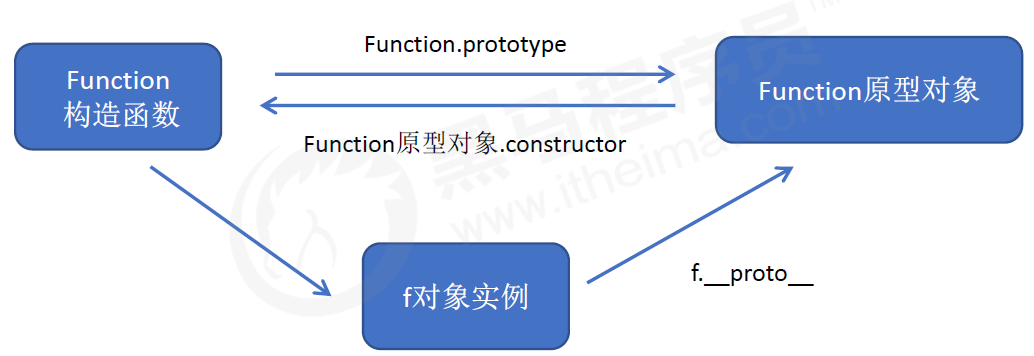
<!DOCTYPE html>
<html lang="en">
<head>
<meta charset="UTF-8">
<meta name="viewport" content="width=device-width, initial-scale=1.0">
<meta http-equiv="X-UA-Compatible" content="ie=edge">
<title>Document</title>
</head>
<body>
<script>
// 函数的定义方式
// 1. 自定义函数(命名函数)
function fn() {};
// 2. 函数表达式 (匿名函数)
var fun = function() {};
// 3. 利用 new Function('参数1','参数2', '函数体');
var f = new Function('a', 'b', 'console.log(a + b)');
f(1, 2);
// 4. 所有函数都是 Function 的实例(对象)
console.dir(f);
// 5. 函数也属于对象
console.log(f instanceof Object);
</script>
</body>
</html>1.2、函数的调用方式
- 普通函数
- 对象的方法
- 构造函数
- 绑定事件函数
- 定时器函数
- 立即执行函数
<!DOCTYPE html>
<html lang="en">
<head>
<meta charset="UTF-8">
<meta name="viewport" content="width=device-width, initial-scale=1.0">
<meta http-equiv="X-UA-Compatible" content="ie=edge">
<title>Document</title>
</head>
<body>
<script>
// 函数的调用方式
// 1. 普通函数
function fn() {
console.log('人生的巅峰');
}
// fn(); fn.call()
// 2. 对象的方法
var o = {
sayHi: function() {
console.log('人生的巅峰');
}
}
o.sayHi();
// 3. 构造函数
function Star() {};
new Star();
// 4. 绑定事件函数
// btn.onclick = function() {}; // 点击了按钮就可以调用这个函数
// 5. 定时器函数
// setInterval(function() {}, 1000); 这个函数是定时器自动1秒钟调用一次
// 6. 立即执行函数
(function() {
console.log('人生的巅峰');
})();
// 立即执行函数是自动调用
</script>
</body>
</html>2、this
2.1、函数内部的this指向
这些 this 的指向,是当我们调用函数的时候确定的。 调用方式的不同决定了this 的指向不同
一般指向我们的调用者:
| 调用方式 | this指向 |
| 普通函数调用 | window |
| 构造函数调用 | 实例对象,原型对象里面的方法,也指向实例对象 |
| 对象方法调用 | 该方法所属对象 |
| 事件绑定方法 | 绑定事件对象 |
| 定时器函数 | window |
| 立即执行函数 | window |
<!DOCTYPE html>
<html lang="en">
<head>
<meta charset="UTF-8">
<meta name="viewport" content="width=device-width, initial-scale=1.0">
<meta http-equiv="X-UA-Compatible" content="ie=edge">
<title>Document</title>
</head>
<body>
<button>点击</button>
<script>
// 函数的不同调用方式决定了this 的指向不同
// 1. 普通函数 this 指向window
function fn() {
console.log('普通函数的this' + this);
}
window.fn();
// 2. 对象的方法 this指向的是对象 o
var o = {
sayHi: function() {
console.log('对象方法的this:' + this);
}
}
o.sayHi();
// 3. 构造函数 this 指向 ldh 这个实例对象 原型对象里面的this 指向的也是 ldh这个实例对象
function Star() {};
Star.prototype.sing = function() {
}
var ldh = new Star();
// 4. 绑定事件函数 this 指向的是函数的调用者 btn这个按钮对象
var btn = document.querySelector('button');
btn.onclick = function() {
console.log('绑定时间函数的this:' + this);
};
// 5. 定时器函数 this 指向的也是window
window.setTimeout(function() {
console.log('定时器的this:' + this);
}, 1000);
// 6. 立即执行函数 this还是指向window
(function() {
console.log('立即执行函数的this' + this);
})();
</script>
</body>
</html>2.2、改变函数内部 this 指向
JavaScript 为我们专门提供了一些函数方法来帮我们更优雅的处理函数内部 this 的指向问题,常用的有 bind()、call()、apply() 三种方法。
(1)call 方法
call() 方法调用一个对象。简单理解为调用函数的方式,但是它可以改变函数的 this 指向。
fun.call(thisArg, arg1, arg2, ...)
- thisArg:在 fun 函数运行时指定的 this 值
- arg1,arg2:传递的其他参数
- 返回值就是函数的返回值,因为它就是调用函数
- 因此当我们想改变 this 指向,同时想调用这个函数的时候,可以使用 call,比如继承
<!DOCTYPE html>
<html lang="en">
<head>
<meta charset="UTF-8">
<meta name="viewport" content="width=device-width, initial-scale=1.0">
<meta http-equiv="X-UA-Compatible" content="ie=edge">
<title>Document</title>
</head>
<body>
<script>
// 改变函数内this指向 js提供了三种方法 call() apply() bind()
// 1. call()
var o = {
name: 'andy'
}
function fn(a, b) {
console.log(this);
console.log(a + b);
};
fn.call(o, 1, 2);
// call 第一个可以调用函数 第二个可以改变函数内的this 指向
// call 的主要作用可以实现继承
function Father(uname, age, sex) {
this.uname = uname;
this.age = age;
this.sex = sex;
}
function Son(uname, age, sex) {
Father.call(this, uname, age, sex);
}
var son = new Son('刘德华', 18, '男');
console.log(son);
</script>
</body>
</html>(2)apply 方法
apply() 方法调用一个函数。简单理解为调用函数的方式,但是它可以改变函数的 this 指向。
fun.apply(thisArg, [argsArray])
- thisArg:在fun函数运行时指定的 this 值
- argsArray:传递的值,必须包含在数组里面
- 返回值就是函数的返回值,因为它就是调用函数
- 因此 apply 主要跟数组有关系,比如使用 Math.max() 求数组的最大值
<!DOCTYPE html>
<html lang="en">
<head>
<meta charset="UTF-8">
<meta name="viewport" content="width=device-width, initial-scale=1.0">
<meta http-equiv="X-UA-Compatible" content="ie=edge">
<title>Document</title>
</head>
<body>
<script>
// 改变函数内this指向 js提供了三种方法 call() apply() bind()
// 2. apply() 应用 运用的意思
var o = {
name: 'andy'
};
function fn(arr) {
console.log(this);
console.log(arr); // 'pink'
};
fn.apply(o, ['pink']);
// 1. 也是调用函数 第二个可以改变函数内部的this指向
// 2. 但是他的参数必须是数组(伪数组)
// 3. apply 的主要应用 比如说我们可以利用 apply 借助于数学内置对象求数组最大值
// Math.max();
var arr = [1, 66, 3, 99, 4];
var arr1 = ['red', 'pink'];
// var max = Math.max.apply(null, arr);
var max = Math.max.apply(Math, arr);
var min = Math.min.apply(Math, arr);
console.log(max, min);
</script>
</body>
</html>(3)bind 方法
bind() 方法不会调用函数。但是能改变函数内部this 指向
fun.bind(thisArg, arg1, arg2, ...)
- thisArg:在 fun 函数运行时指定的 this 值
- arg1,arg2:传递的其他参数
- 返回由指定的 this 值和初始化参数改造的原函数拷贝
- 因此当我们只是想改变 this 指向,并且不想调用这个函数的时候,可以使用 bind
<!DOCTYPE html>
<html lang="en">
<head>
<meta charset="UTF-8">
<meta name="viewport" content="width=device-width, initial-scale=1.0">
<meta http-equiv="X-UA-Compatible" content="ie=edge">
<title>Document</title>
</head>
<body>
<button>点击</button>
<button>点击</button>
<button>点击</button>
<script>
// 改变函数内this指向 js提供了三种方法 call() apply() bind()
// 3. bind() 绑定 捆绑的意思
var o = {
name: 'andy'
};
function fn(a, b) {
console.log(this);
console.log(a + b);
};
var f = fn.bind(o, 1, 2);
f();
// 1. 不会调用原来的函数 可以改变原来函数内部的this 指向
// 2. 返回的是原函数改变this之后产生的新函数
// 3. 如果有的函数我们不需要立即调用,但是又想改变这个函数内部的this指向此时用bind
// 4. 我们有一个按钮,当我们点击了之后,就禁用这个按钮,3秒钟之后开启这个按钮
// var btn1 = document.querySelector('button');
// btn1.onclick = function() {
// this.disabled = true; // 这个this 指向的是 btn 这个按钮
// // var that = this;
// setTimeout(function() {
// // that.disabled = false; // 定时器函数里面的this 指向的是window
// this.disabled = false; // 此时定时器函数里面的this 指向的是btn
// }.bind(this), 3000); // 这个this 指向的是btn 这个对象
// }
var btns = document.querySelectorAll('button');
for (var i = 0; i < btns.length; i++) {
btns[i].onclick = function() {
this.disabled = true;
setTimeout(function() {
this.disabled = false;
}.bind(this), 2000);
}
}
</script>
</body>
</html>(4)call、apply、bind 总结
相同点:都可以改变函数内部的this指向。
区别点:
- call 和 apply 会调用函数, 并且改变函数内部this指向.
- call 和 apply 传递的参数不一样, call 传递参数 aru1, aru2..形式 apply 必须数组形式[arg]
- bind 不会调用函数, 可以改变函数内部this指向.
主要应用场景:
- call 经常做继承.
- apply 经常跟数组有关系. 比如借助于数学对象实现数组最大值最小值
- bind 不调用函数,但是还想改变this指向. 比如改变定时器内部的this指向
![已解决+ CategoryInfo: SecurityError: (:) [ ].ParentContainsErrorRecordException](https://img-blog.csdnimg.cn/aa398ab5583948a0862167c05b0b36b9.png)
![[LeetCode周赛复盘] 第 326 场周赛20230101](https://img-blog.csdnimg.cn/9517bb38599443dcaf74a6a464d68393.png)

